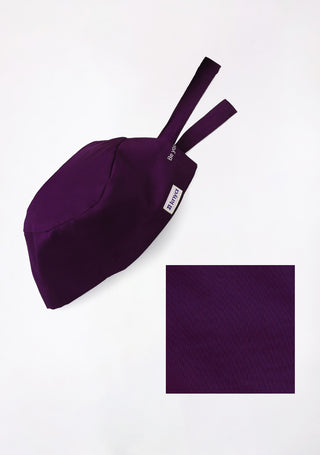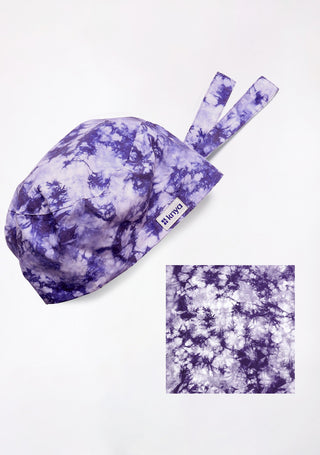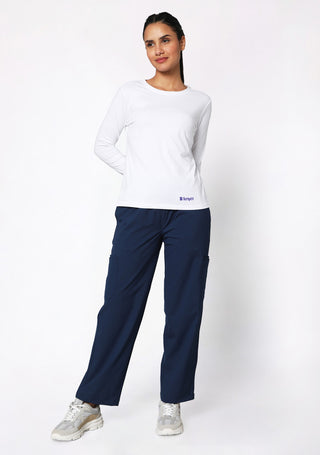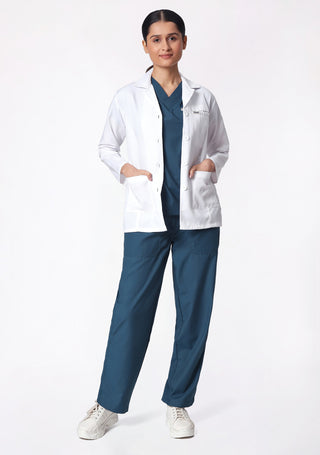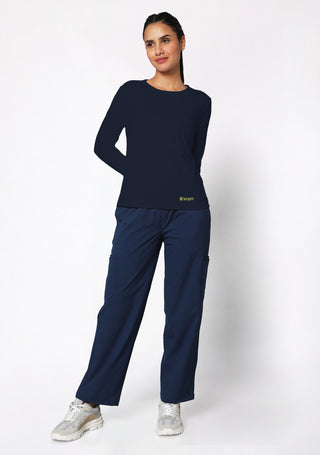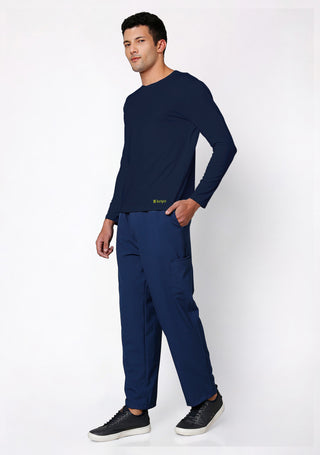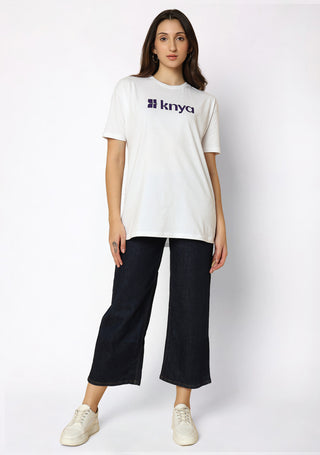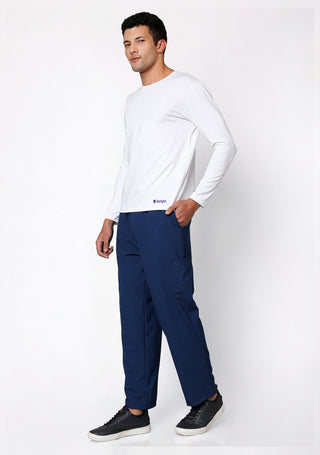The lab coat remains a timeless and essential piece of medical and scientific attire, representing professionalism and cleanliness. While it has evolved from the somber black robes of early doctors to the modern, sleek, and stylish designs of today, its core purpose remains unchanged.Patient preferences still lean toward the white coat as a sign of authority, but modern variations allow for greater comfort and functionality. Choosing the right clothing under the lab coat ensures that medical professionals maintain both professionalism and practicality, whether in a clinical setting, hospital, or laboratory.
Back to Black—Why Did Doctors Wear Black Attire?
Before the white coat became the universal symbol of the medical profession, physicians typically wore black attire. This trend dates back to the 19th century when medical practice was more associated with solemnity and mourning than with cleanliness and science.
- Symbol of Seriousness – In the early days, medicine was often more about palliative care than cure, and doctors were seen as figures of authority guiding patients through illness and, in many cases, death. Black clothing conveyed a formal and serious demeanor.
- Connection to Clergy – Physicians were often regarded similarly to religious figures, as both dealt with life and death. The black robes of doctors mirrored those of priests, reinforcing the spiritual and moral aspect of their work.
- Stains and Practicality – Before modern hygiene practices, medical procedures were often performed without gloves, antiseptics, or proper sanitation. Bloodstains and other marks would appear less visible on black clothing compared to lighter colors.
The transition from black to white happened in the late 19th century as germ theory gained acceptance, emphasizing cleanliness and hygiene. The white coat became a symbol of sterility, professionalism, and scientific progress.
We believe you deserve the best. Shop our amazing selection of lab coats right here.
How Patients Prefer to See Their Doctors?
A doctor's attire significantly influences patient trust and confidence. Various studies have examined how patients respond to different styles of clothing worn by healthcare professionals.
- The Power of the White Coat – Many patients still associate the white coat with professionalism, knowledge, and competence. A study published in BMJ Open found that over 50% of patients preferred their doctors in white coats, as it gave them a sense of reassurance.
- Scrubs vs. Formal Attire – While white coats are popular, scrubs are increasingly accepted, especially in hospital settings. Scrubs suggest cleanliness and practicality, particularly in surgical or emergency care.
- Casual Clothing Debate – Some doctors prefer business casual attire under their white coats, believing it makes them more approachable. However, a completely casual look (such as jeans and T-shirts) is generally less favored by patients, as it may undermine professionalism.
Ultimately, while the white coat remains the most trusted attire, the choice of what is worn underneath also impacts how a doctor is perceived.
Types of White Coats for Doctors
Not all white coats are the same. Different styles are designed to cater to specific roles, environments, and personal preferences.
Traditional Full-Length White Coat
- The classic long white coat is worn by experienced doctors, specialists, and attending physicians.
- Usually extends below the knee for a professional and authoritative look.
- Features multiple pockets for carrying medical tools, notepads, and pens.
Short White Coat (Consultation Coat)
- Often used by medical students and residents as a symbol of their training status.
- Stops at the hip or mid-thigh for a less formal appearance.
- Sometimes replaced with scrubs for practicality in surgical and emergency settings.
Tailored & Modern Fit Lab Coats
- Contemporary lab coats are designed for better fit and comfort, moving away from the traditional boxy design.
- Includes features such as stretch fabrics, slimmer cuts, and antimicrobial coatings.
- Some have zippered closures instead of buttons for a sleek look.
Scrub Jackets & Coats
- Worn by surgeons, nurses, and ICU physicians as an alternative to standard white coats.
- Made from lightweight materials that allow for mobility and breathability.
- Color-coded in some hospitals to differentiate between departments.
What Types of Clothing Are Practical and Comfortable Under the Lab Coat?
The clothing choice under a lab coat depends on several factors, including comfort, professionalism, and practicality. Since medical and laboratory environments can be physically demanding, it's essential to wear clothing that allows for movement, maintains hygiene, and looks professional.
For Women
- Blouses & Button-Down Shirts
- Lightweight, breathable fabrics such as cotton or polyester blends are ideal.
- Avoid overly flowy or sheer materials that may get caught on equipment.
- Scrubs or Professional Tops
- Scrub tops are a great choice for hygiene and practicality.
- Solid or subtle-patterned V-neck or round-neck designs work well.
- Turtlenecks or Lightweight Sweaters
- Ideal for cooler environments while still looking polished.
- Should not be too thick to prevent overheating under the coat.
- Trousers or Tailored Pants
- Straight-leg or slim-fit trousers give a professional look while allowing easy movement.
- Avoid jeans or overly tight pants, as they may look unprofessional or restrict movement.
- Skirts & Dresses (Knee-Length or Longer)
- A fitted pencil skirt or an A-line dress can be a stylish yet professional option.
- Avoid short skirts or dresses as they may be impractical in a clinical setting.
- Footwear
- Closed-toe shoes are mandatory for safety.
- Comfortable flats, loafers, or supportive sneakers are ideal.
- High heels should be avoided, as they are impractical for long shifts.
Ready to explore our amazing scrubs collection? Browse the best here
For Men:
- Collared Shirts & Polo Shirts
- A crisp button-down shirt under a lab coat maintains professionalism.
- Polo shirts offer a more relaxed yet presentable alternative.
- Scrubs & T-Shirts
- Scrub tops are hygienic and easy to clean, making them a practical choice.
- If wearing a T-shirt, opt for solid colors and avoid prints or logos.
- Sweaters or Light Pullovers
- Ideal for cooler environments but should be fitted and lightweight.
- Thick hoodies or bulky sweaters should be avoided.
- Trousers & Slacks
- Chinos, dress pants, or scrub pants are the best choices.
- Avoid denim or overly baggy pants that may look unprofessional.
- Footwear
- Closed-toe shoes such as loafers, dress shoes, or professional sneakers provide safety and comfort.
- Avoid sandals, open-back shoes, or anything that lacks support.

